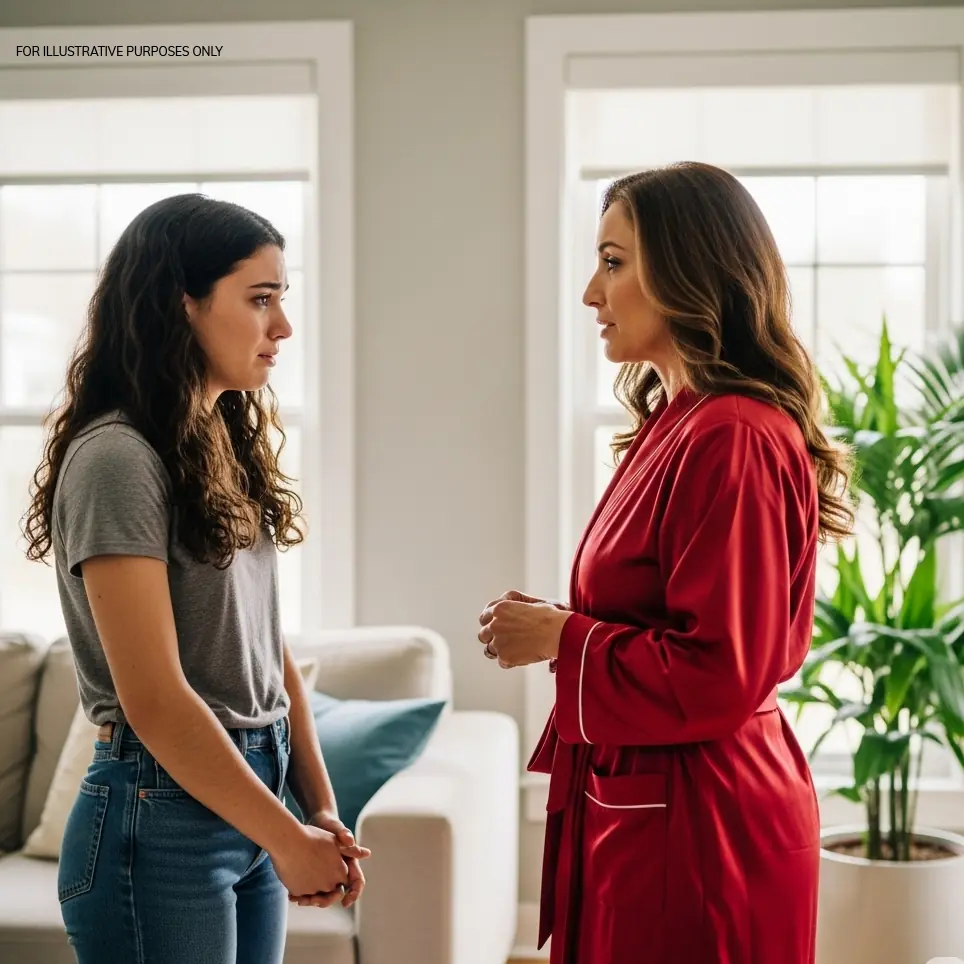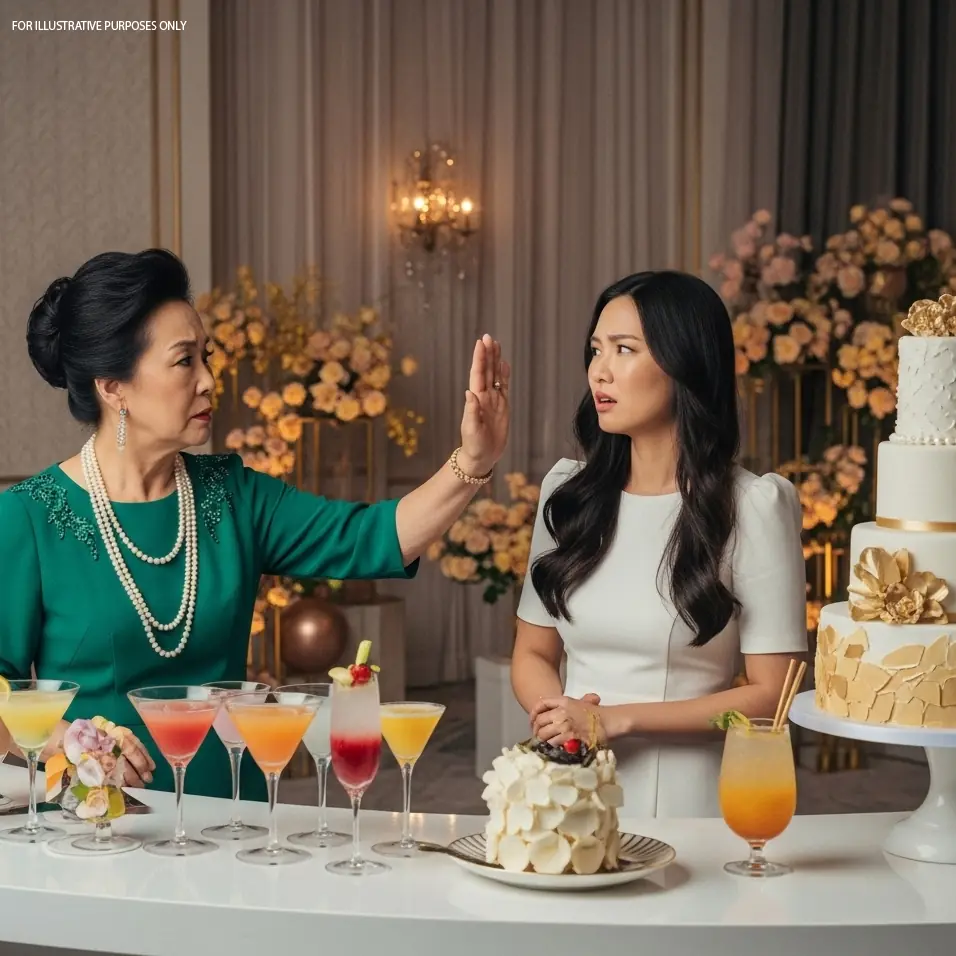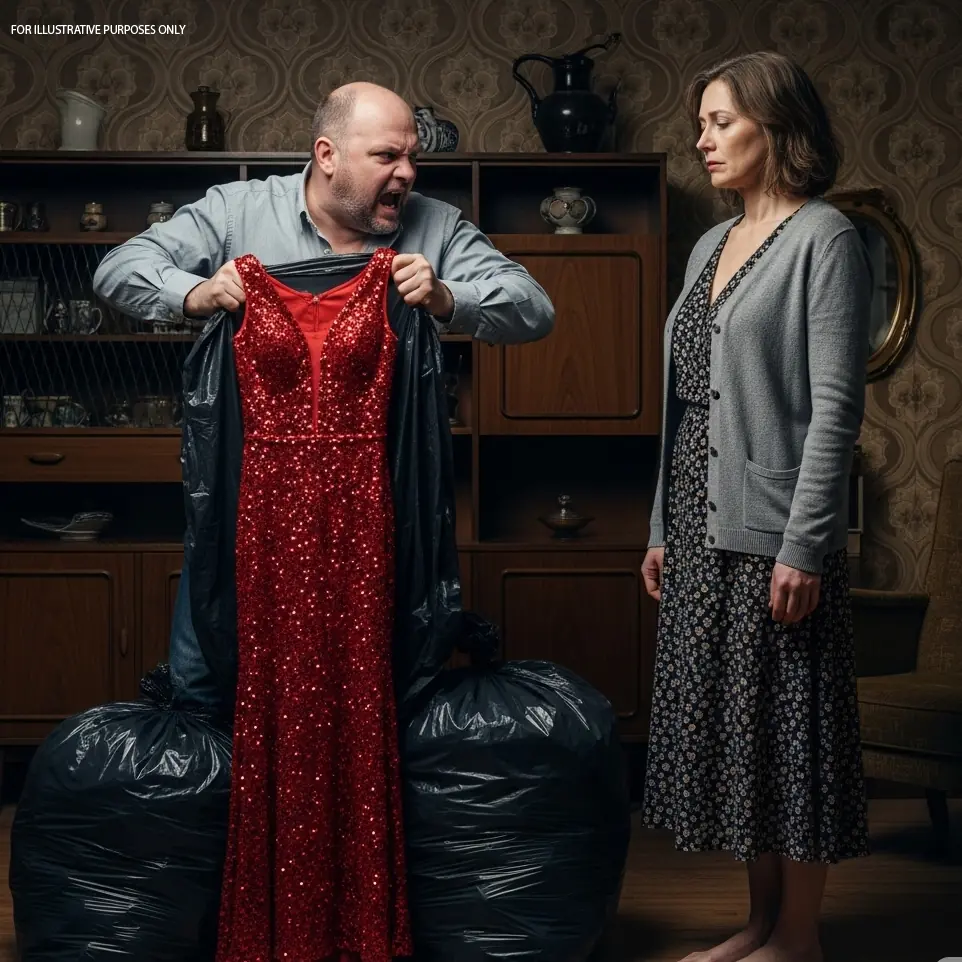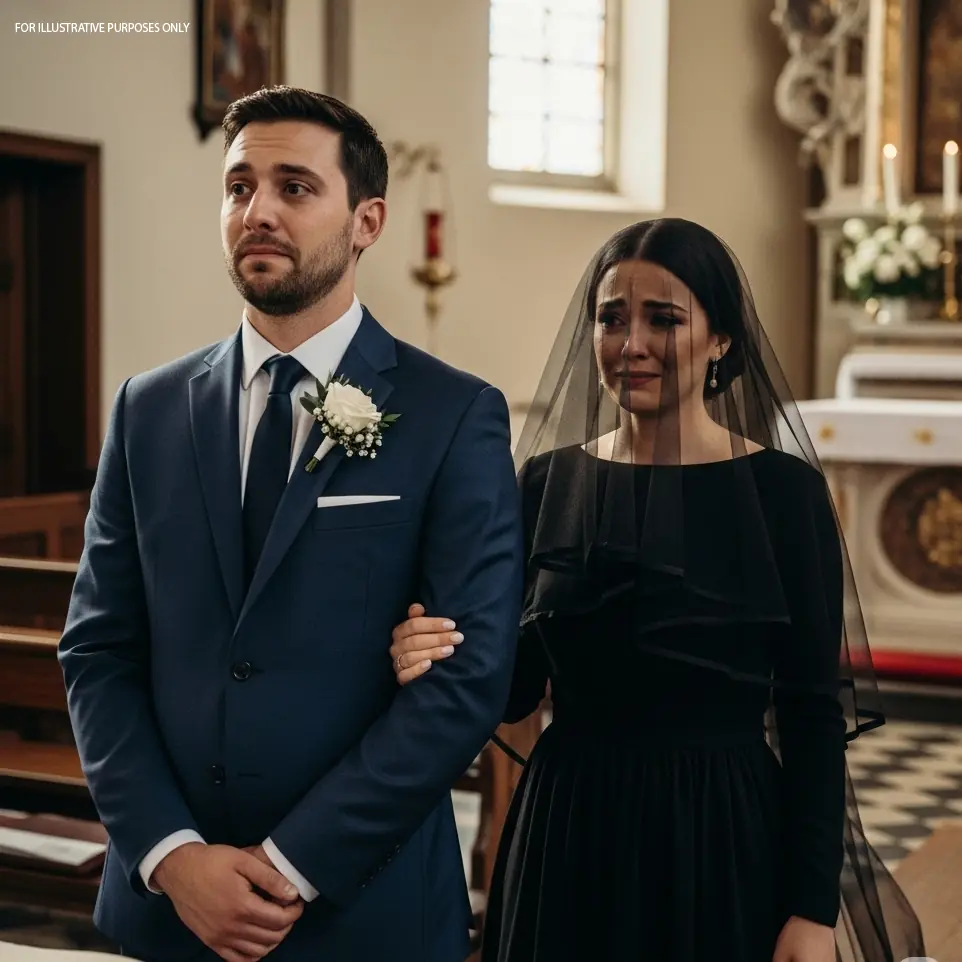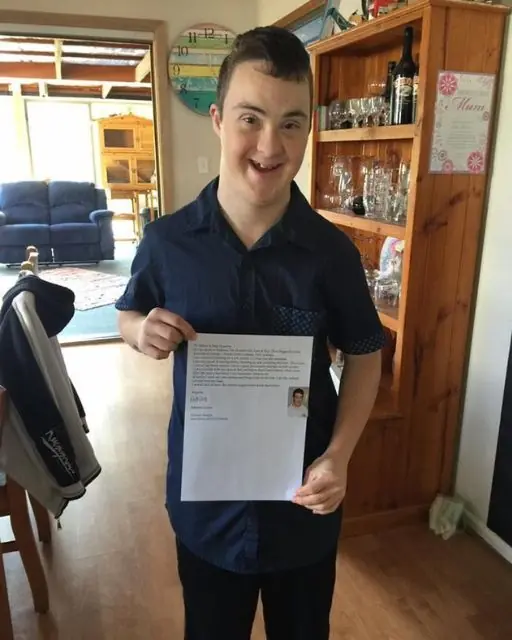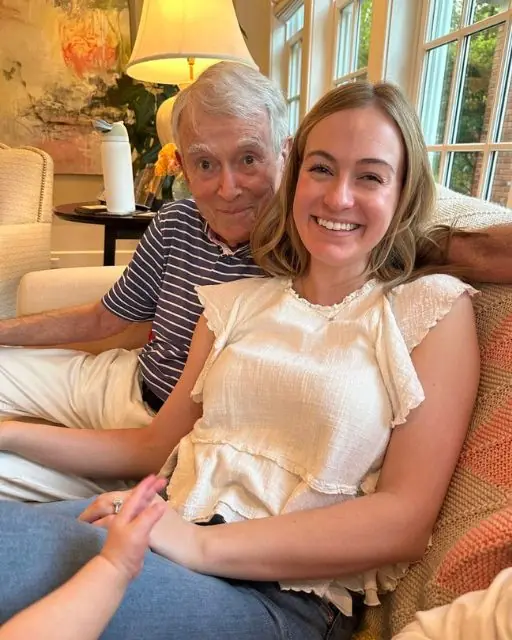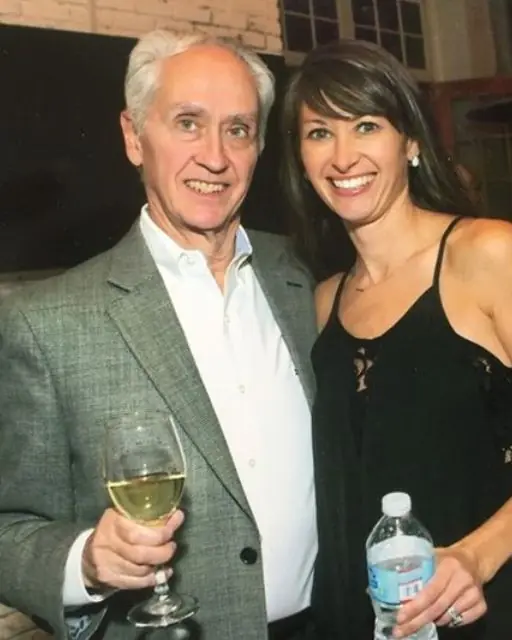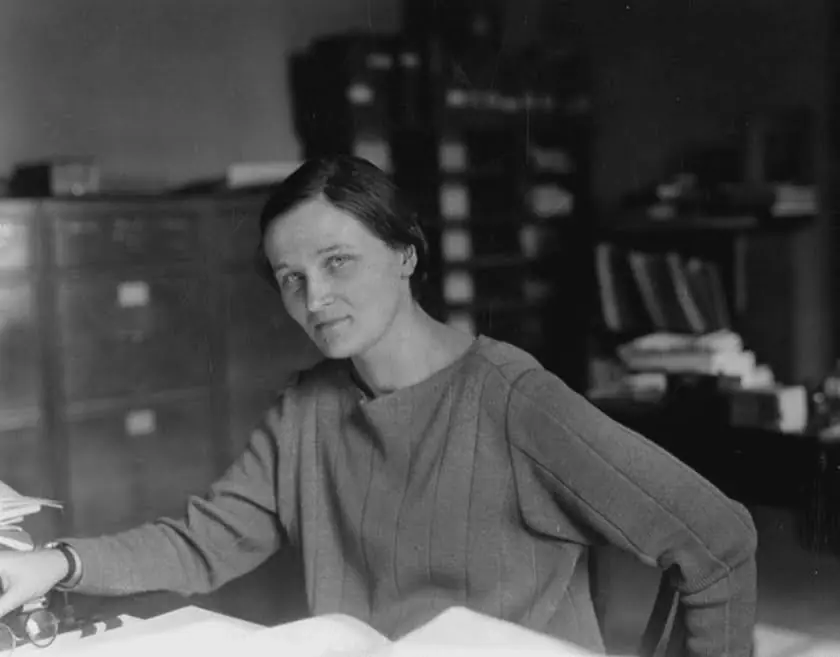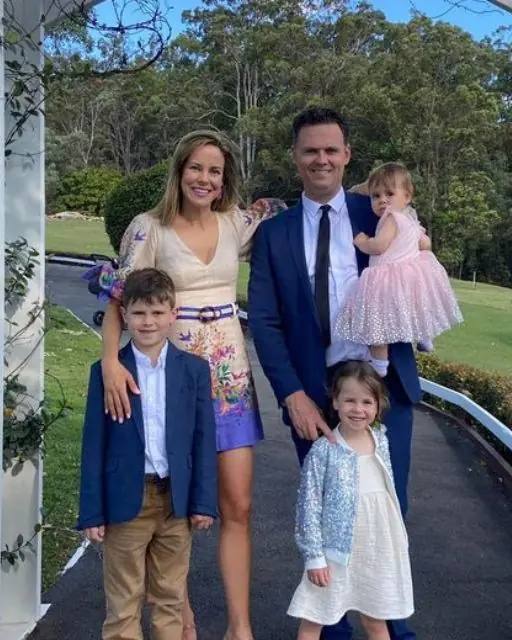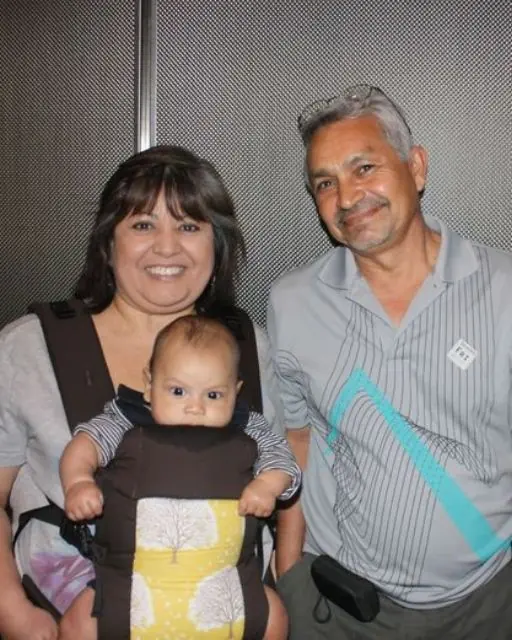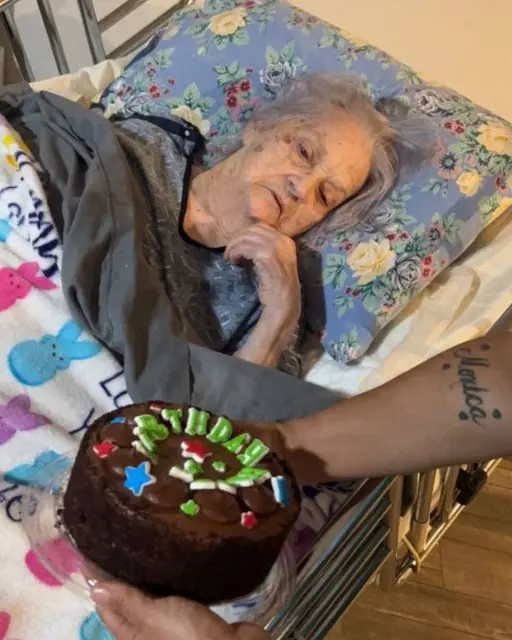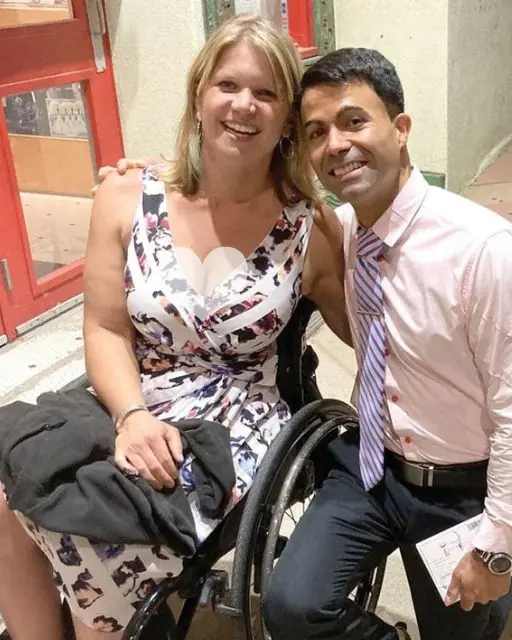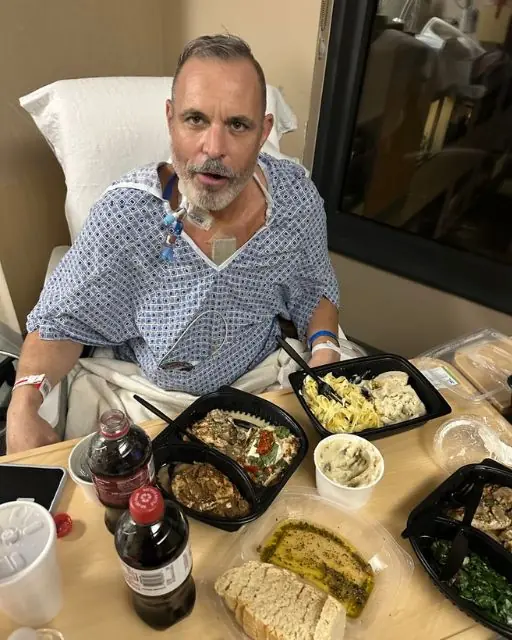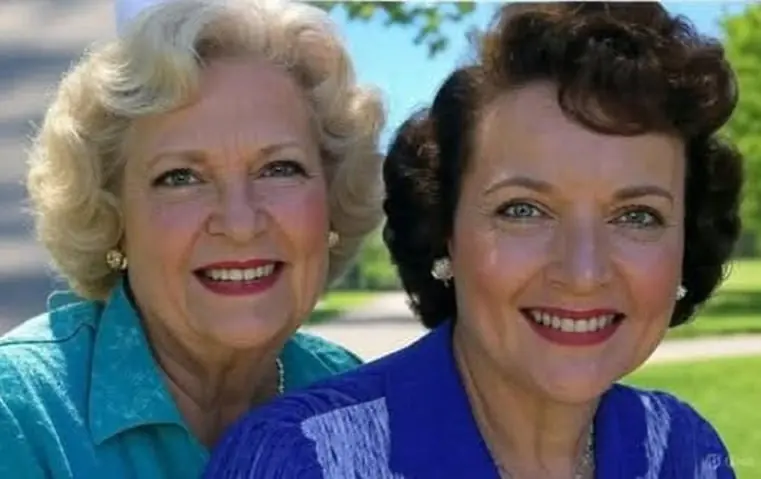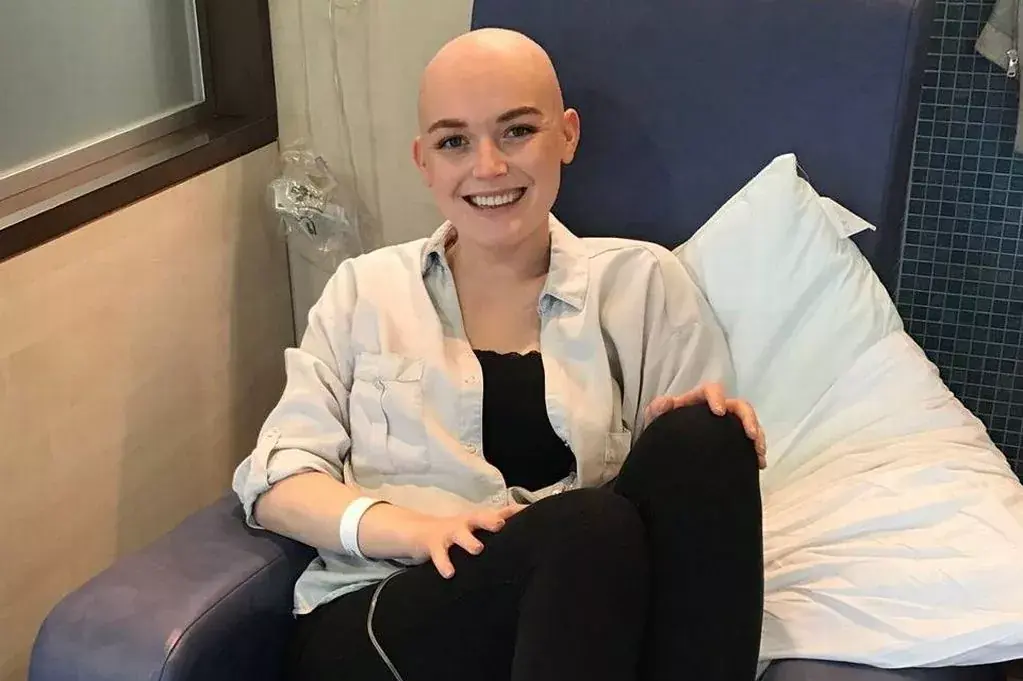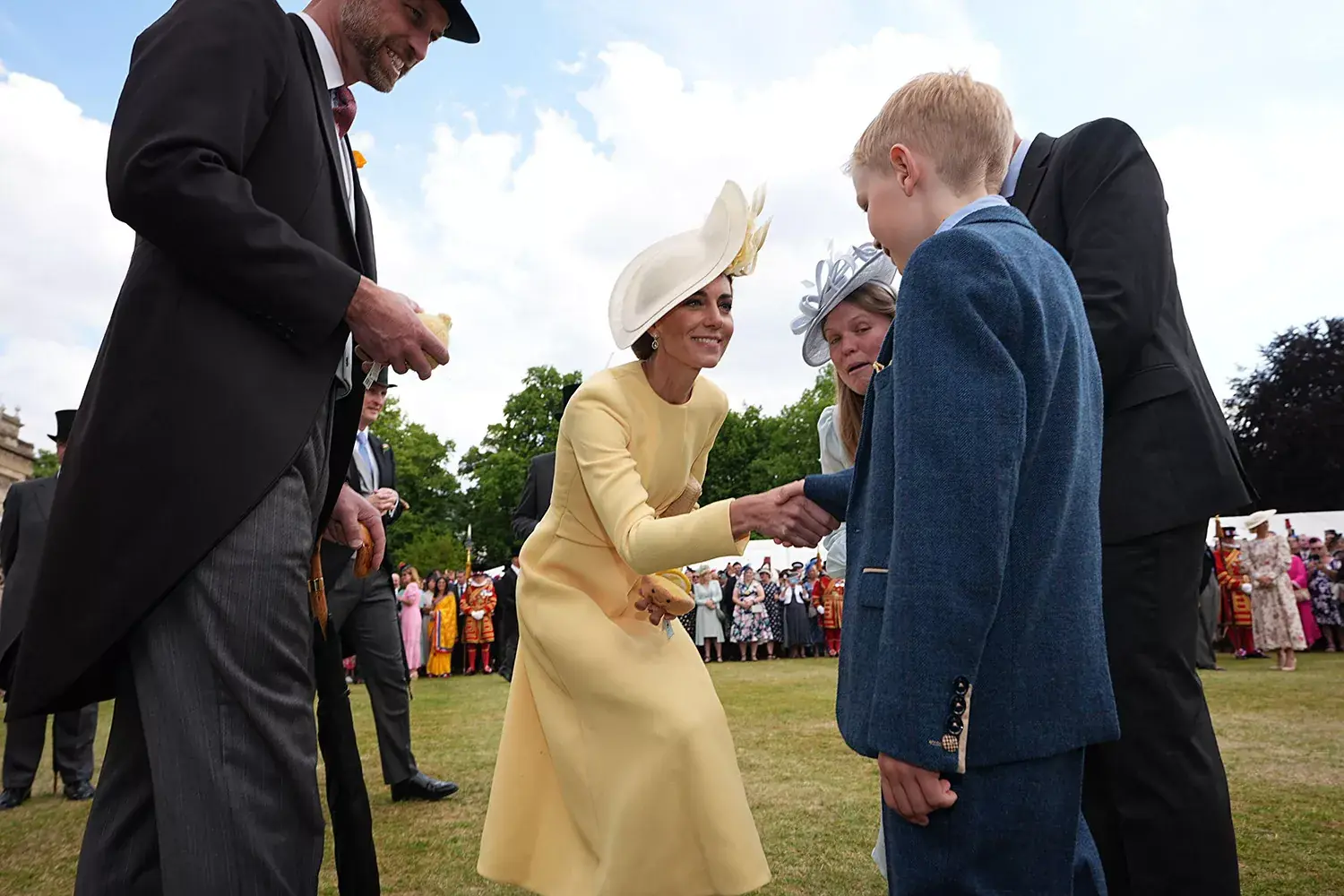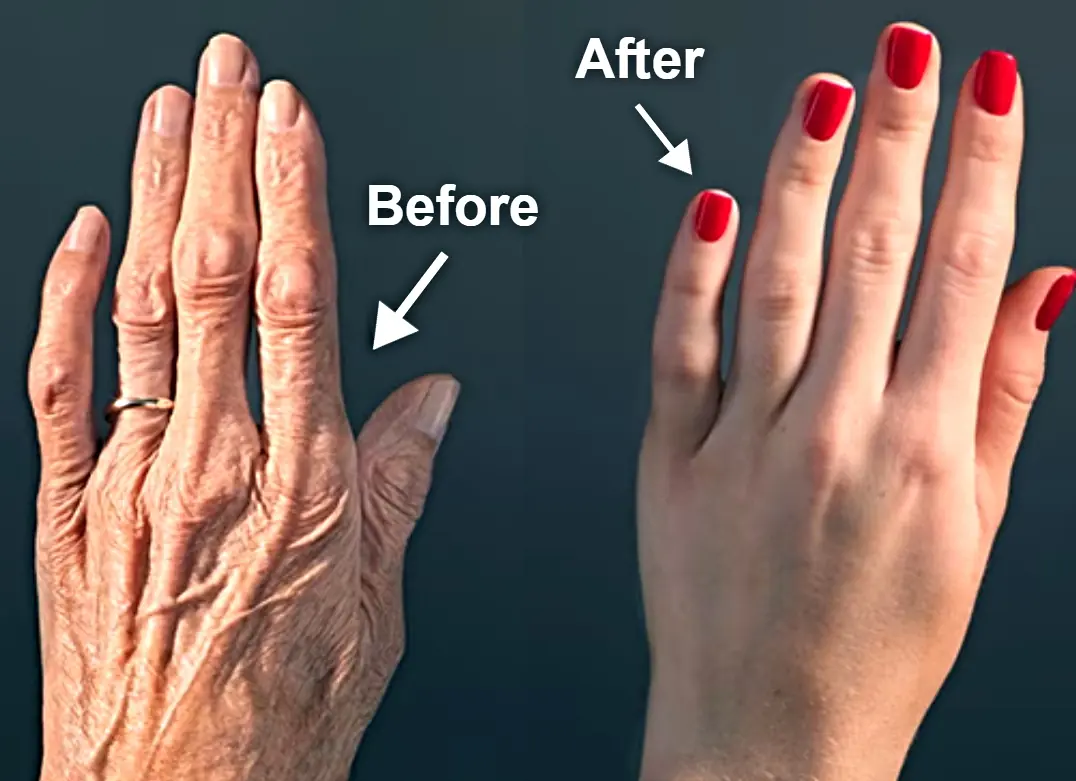
Sometimes, life presents us with moments so quiet and tender that they seem to stretch beyond time — little flickers of realization that slowly reshape everything we thought we knew. My journey with my child’s gender identity began with one of those moments, nestled in the soft, warm light of our bathroom after bath time, when my child’s tiny voice broke the silence in a way that stopped me cold.
We were there, just the two of us, the mirror fogged up with steam, the scent of lavender soap lingering in the air. I was brushing their hair, carefully running the comb through damp strands, the way I always did after their baths — an act so mundane yet filled with love. Then came the words that would mark the beginning of a path unlike any other:
“My name isn’t my name.”
I blinked, confused at first, thinking this was just another whimsical phrase from a toddler’s mind. “Itchy,” they said, trying to describe a feeling that didn’t quite fit words.
I laughed softly, brushing off the strangeness as fleeting. “Itchy how?”
Their answer was simple but profound: “It just doesn’t feel like me.”
The honesty in those words was both disarming and precious. I felt a tremor inside me — a mix of curiosity and protective instinct. Instead of correcting them or insisting on the name I’d chosen, I did something I hadn’t done enough of before. I listened. Really listened.
In the days and weeks that followed, I watched my child explore their identity with a freedom that both amazed and humbled me. Names changed as often as moods. Pronouns fluctuated — “she,” “he,” “they,” or none at all. Clothing choices defied gender norms — sparkly leggings one day, rugged cargo shorts the next. Each choice seemed to breathe new life into them, filling their eyes with light and their step with confidence.
It was as though each new name, each new pronoun, each new outfit was a small rebellion against a world that insisted on fitting everyone into neat boxes — boxes that felt tight, suffocating, and sometimes painful.
At first, I wondered if this was just a phase — a childhood exploration that would pass as they grew older. But the more I watched, the more I realized this was not a mere phase; it was a journey of self-discovery that demanded respect and patience.
Yet, I could not ignore the worries that knotted my stomach on sleepless nights. Would the world be kind? Would teachers understand? Would friends accept this fluidity that confused many adults? I worried about the bullies, the whispers, the misunderstandings that could scar my child’s tender spirit. But beneath the fear was an unwavering love — a fierce promise that I would be their steadfast guardian in the storm.
We navigated this journey mostly in silence from the outside world, holding our secret close as a shield against judgment and unsolicited advice. Some family members embraced our truth with open hearts. Others struggled, their confusion manifesting in silence or awkward glances, a reminder of the work yet to be done in understanding and acceptance.
When my child turned seven, a milestone arrived not marked by fanfare but by simple, heartfelt clarity. One afternoon, they sat beside me and quietly said, “Mom, I know who I am now.”
I smiled, eager yet patient. “You do?”
“I’m non-binary,” they said, their voice steady and sure. “I don’t want to be a girl or a boy. I’m just me.”
That declaration was like the first light of dawn — gentle, illuminating, and full of promise. There were no lengthy explanations, no dramatic speeches, just a profound truth spoken simply and bravely.
In that moment, I could have hesitated, doubted, or urged caution. But instead, I embraced their words with open arms and an open heart.
“Thank you for telling me. I love you just the way you are.”
From then on, our lives shifted gently but irrevocably. Dresses became a choice, not a rule. Pronouns were respected and honored. Social media profiles were updated with care. School records reflected our child’s authentic self. It wasn’t always easy; the world’s wheels turn slowly, and acceptance doesn’t come overnight. Some friends and family needed time to learn, to understand, and to open their hearts wider. But gradually, they did.
Still, our truth remained a private sanctuary. I have always been a fiercely protective parent, and the harshness of the world made discretion a balm. We didn’t seek approval or validation from strangers. We guarded our child’s identity fiercely, choosing when and how to share it.
And then, life threw a curveball.
One afternoon, while shopping for groceries, chatting about weekend plans and favorite treats, we encountered Linda — a sweet but traditional family friend with a heart that often clashed with her outdated views.
Her greeting was warm but carried a subtle sting. “I haven’t seen you in ages! How’s everything? Still exploring this whole gender thing?”
Her words struck me deeply, stirring a tumult of anger and discomfort. I could feel my child’s unease, their silence, the way they recoiled inwardly.
Linda pressed on, oblivious. “It’s just so confusing. Non-binary? I don’t know if I’ll ever understand it. But I suppose it’s good you’re figuring it out young.”
I steadied myself, choosing calm over confrontation. “Linda, it’s important we respect everyone’s journey, even when it’s unfamiliar. My child knows who they are, and that’s what matters. I’d appreciate it if you kept your opinions to yourself.”
The surprise on Linda’s face was nearly comical. She sputtered but quickly fell silent.
Turning to my child, I crouched down and whispered, “You’re amazing just as you are. Don’t ever let anyone tell you otherwise.”
Hand in hand, we left the store. The silence between us was heavy but comforting — a shared understanding that love is a refuge against misunderstanding.
That moment taught me something profound: the battle for acceptance extends beyond our loved ones; it is a struggle we must face together, united in love and patience.
In the years since, I have witnessed the remarkable transformation of many who once resisted understanding — including Linda. She began asking questions, listening with an open heart, and learning with humility. Over time, she evolved from skeptic to supporter, becoming one of the loudest voices advocating for my child’s authenticity.
Sometimes, those who resist change the most become our greatest teachers — reminding us that patience and compassion can heal even the deepest divides.
To those navigating this path, whether as parents, friends, or allies, I offer this: listen without judgment, support without hesitation, and love without conditions. Your strength and kindness can create ripples of change that transform lives — including your own.
Please share this story, so it reaches hearts that need it. Let’s be beacons of hope and acceptance, standing firm in the belief that everyone deserves to live as their true self, without fear or shame.
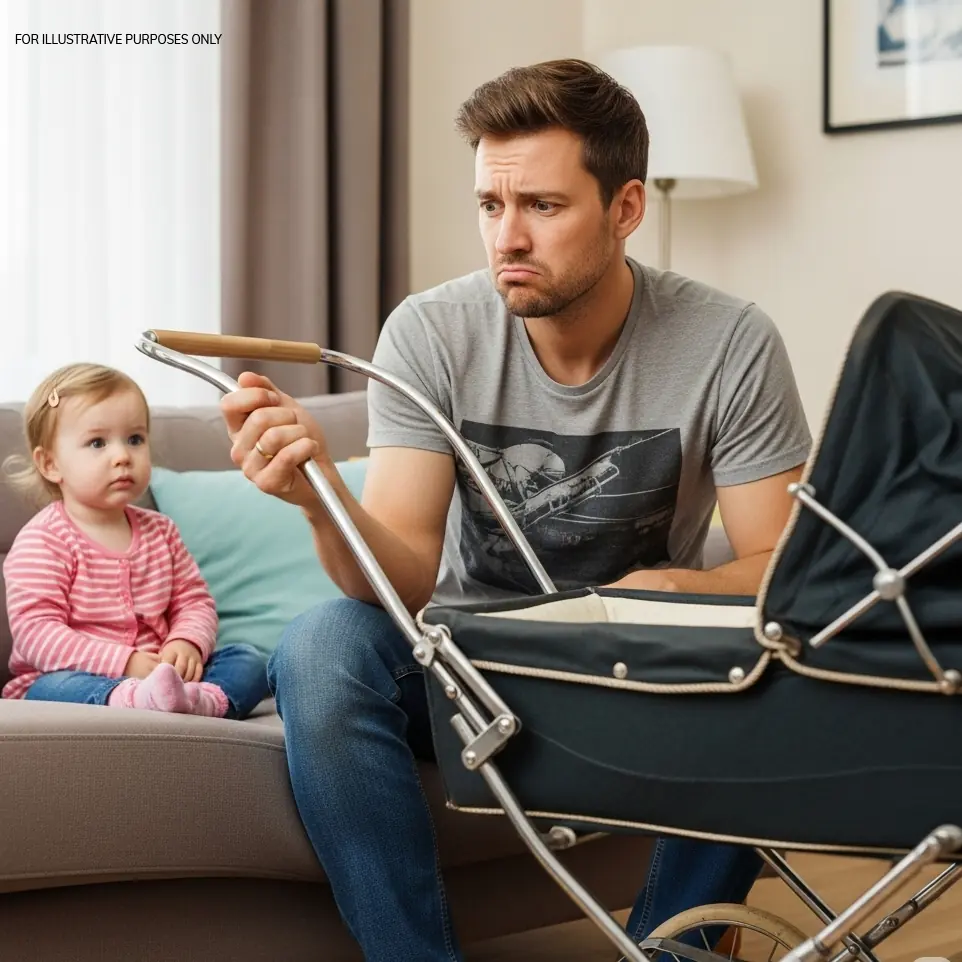
 Sometimes, life presents us with moments so quiet and tender that they seem to stretch beyond time — little flickers of realization that slowly reshape everything we thought we knew. My journey with my child’s gender identity began with one of those moments, nestled in the soft, warm light of our bathroom after bath time, when my child’s tiny voice broke the silence in a way that stopped me cold.
Sometimes, life presents us with moments so quiet and tender that they seem to stretch beyond time — little flickers of realization that slowly reshape everything we thought we knew. My journey with my child’s gender identity began with one of those moments, nestled in the soft, warm light of our bathroom after bath time, when my child’s tiny voice broke the silence in a way that stopped me cold.